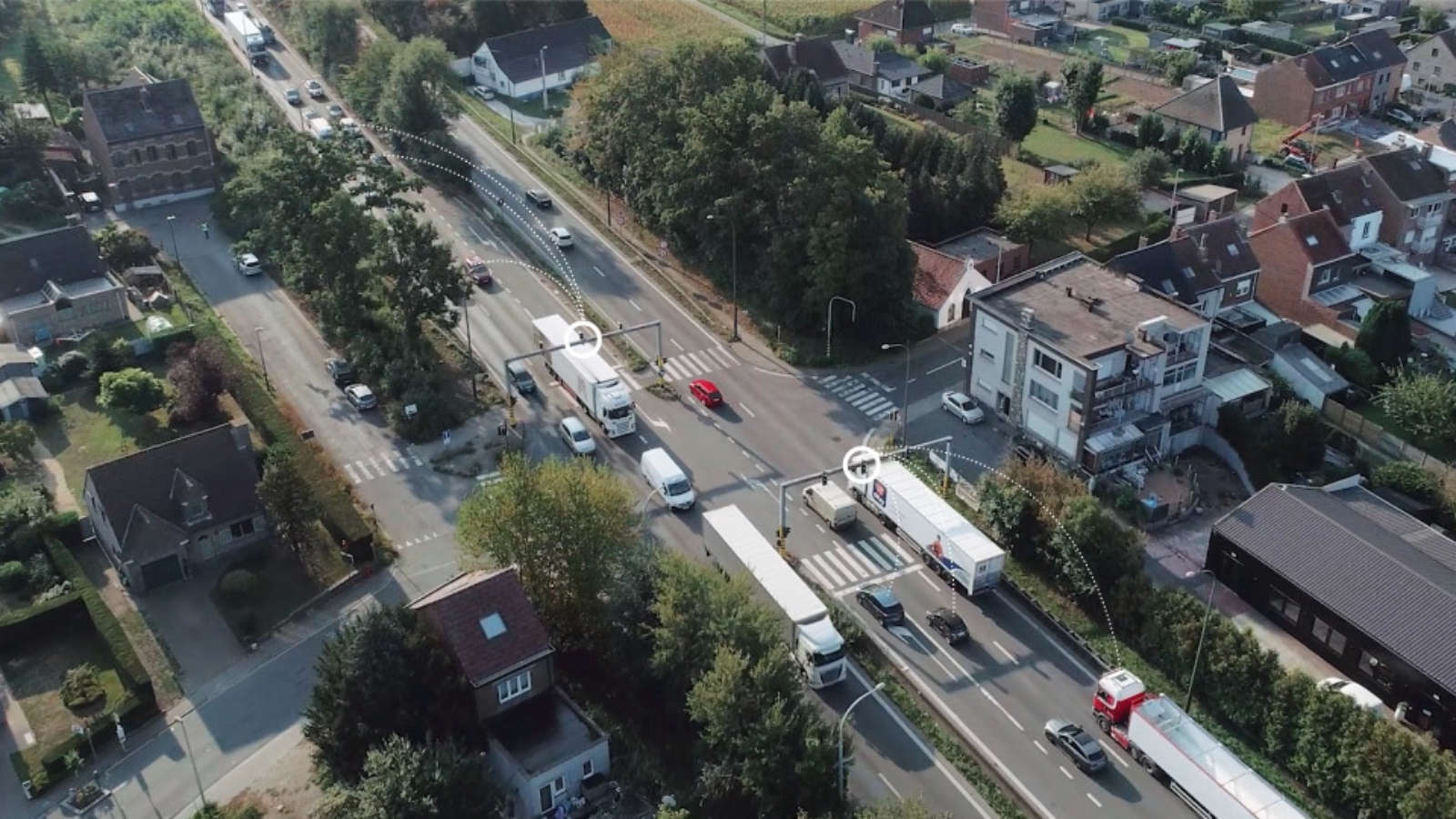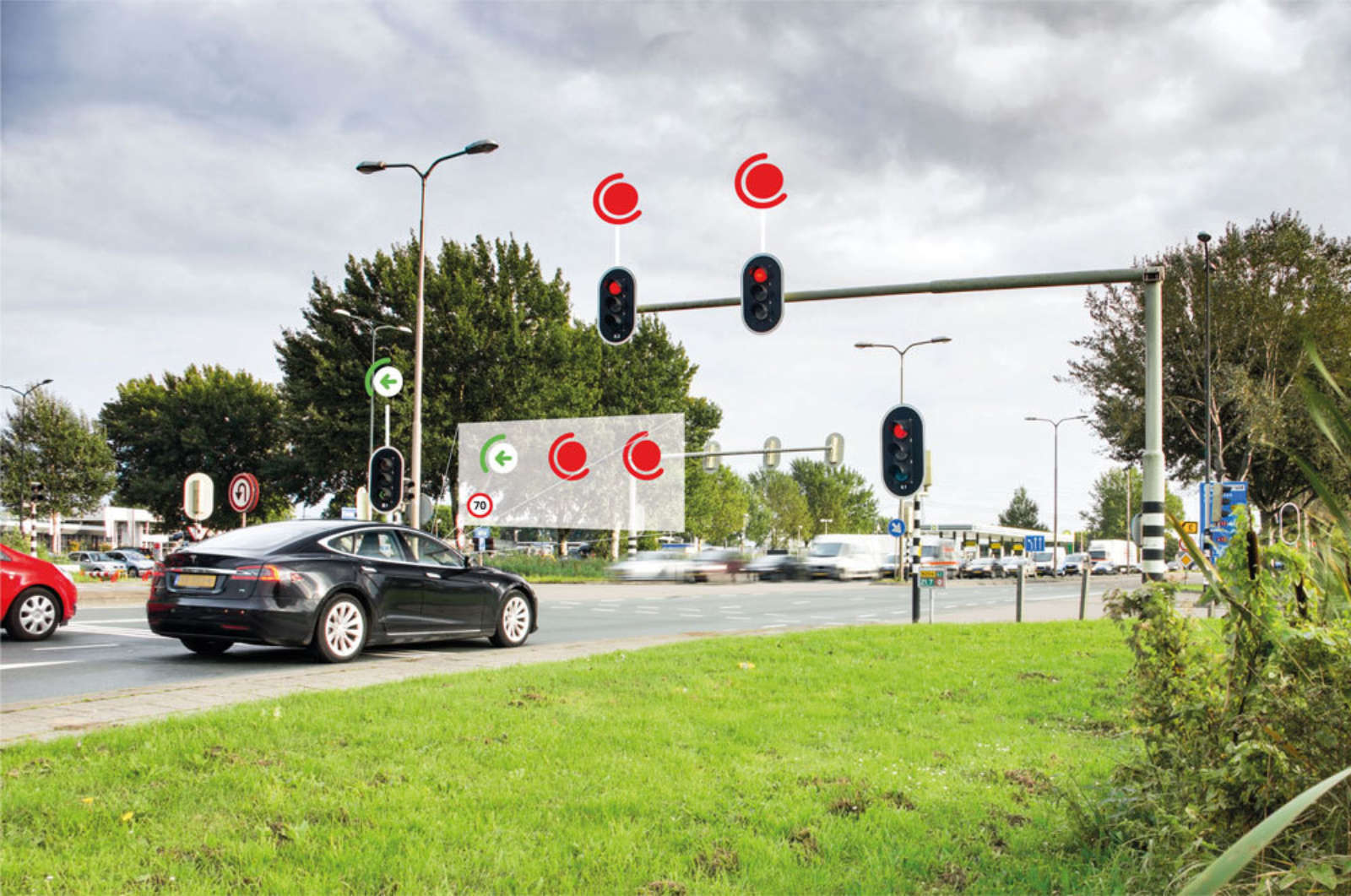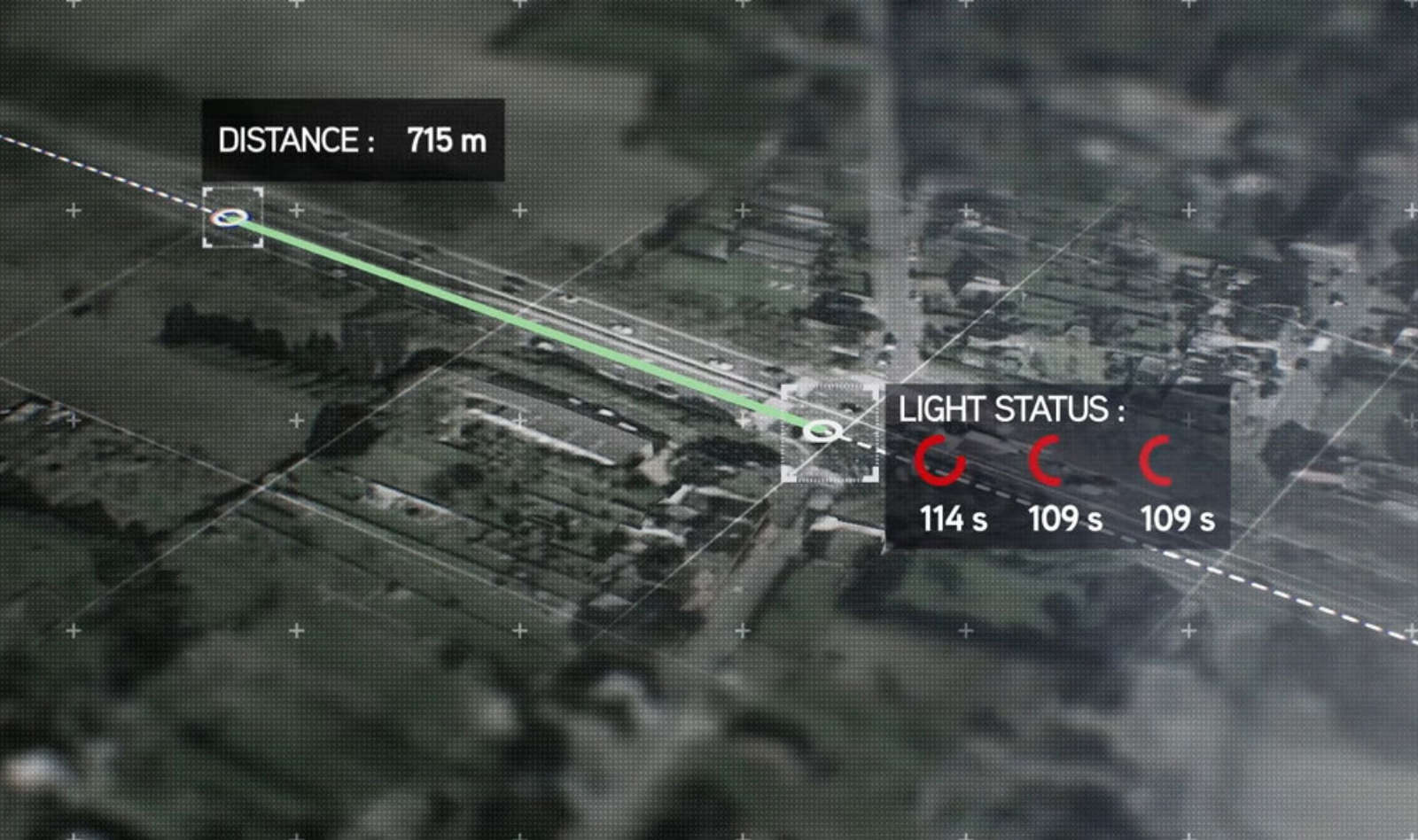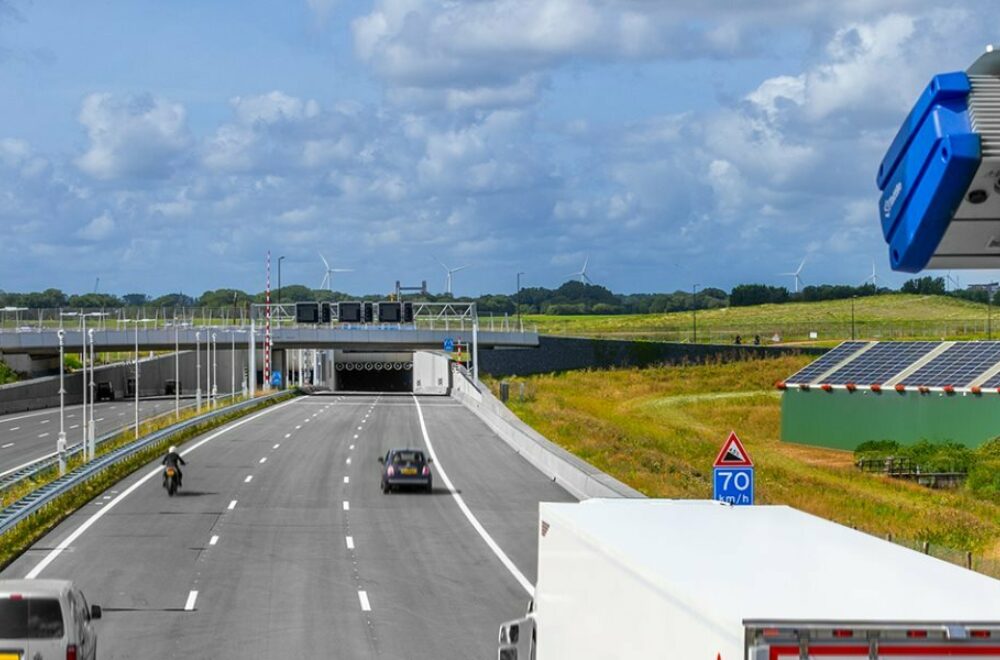
09 september 2022
Be-Mobile is specializing in intelligent solutions for sustainable mobility. The business uses technology to help travelers reach their destination safely, smoothly and as comfortably as possible. In this article, CEO Jan Cools explains how Mobilidata, a Flemish government project, will make our traffic run more smoothly and more sustainably.
Traffic jams. We've all experienced that uncomfortable feeling of being stuck in traffic, with your plans for the day fading while there’s nothing you can do about it. It was exactly that frustration that convinced me to found Be-Mobile 15 years ago. My idea was that we could use data to monitor vehicles and better manage traffic so there would be less congestion.
Fifteen years later, Be-Mobile is doing exactly that and much more: we send road users traffic information on their smartphones, automate road user charging for trucks and make parking much easier with the 4411 mobile app. In short, we use data and technology to make mobility more enjoyable and sustainable for everyone. This technology has evolved significantly over the past 15 years and will continue to do so at the same pace, so we can expect major innovations in the next 15 years.
With the Mobilidata project initiated by the Flemish government, we are already taking a step in that direction today. This project fits perfectly into European Mobility Week, of which this year’s theme is ‘Better Connections’: after all, Mobilidata aims to help road users adapt better to each other and to the road infrastructure. Currently we use GPS data from smartphones to do this, but we are also seeing a shift towards vehicles that already have this connectivity built in. There is so much we can achieve with these better connections and I'm happy to give you a glimpse of that below.
Intelligent traffic: safer and greener
These days, most cars have sensors that tell you when you’re approaching an obstacle while parking or maneuvering, for example. But what if you could also get in-car warnings about more dynamic factors? An approaching ambulance, an accident on the road ahead, a slow-moving maintenance vehicle, and so on. Currently, we only tend to notice these situations once we’re in the middle of them. But with connected vehicles, you would be warned well in advance so you can better anticipate them. That is safer and also prevents traffic jams.
We could even go a step further and not only connect road users with each other, but also with road infrastructure. Consider the benefits of intelligent traffic lights that respond to the current traffic situation or adapt to changing weather conditions. With Mobilidata, we are working on the implementation of 350 such intelligent traffic lights in Flanders. These lights can, for example, give priority to emergency services and public transport, and road users can be given information about the speed they need to maintain to go through all the lights on green. That instantly benefits the environment because less braking and acceleration means fewer emissions.
Continue reading below the image.

The future of (public) transport in a connected world
Speaking of the environment, conversations about mobility and sustainability tend to revolve around public transportation. Encouraging more people to use public transport is an important initiative of course. However, it is not a one-stop solution to every problem. In an urbanized area like Flanders, the car is a necessity for many people, especially those living outside the city centers. That urbanization, and the resulting traffic jams, is also one of the main reasons why Flanders and the Netherlands are such pioneers in the field of traffic data technology. The increase in the number of cars is unstoppable and the number of trips continues to grow as well.
But that doesn't have to be a problem. With the emergence of greener cars and innovative technology such as intelligent traffic lights, the amount of pollution from traffic is constantly reducing. The next step is the introduction of autonomous vehicles. To many people, this may seem a long way off, but the technology already exists, and data projects such as Mobilidata are paving the way for the introduction of these autonomous cars. Moreover, we see that mobility is a highly sought-after service today: the popularity of car-sharing and ride-hailing (traveling with a personal driver such as a cab or Uber) is growing rapidly. And this trend is set to continue. In short: the boundaries between private mobility and ‘public’ transport are blurring.
More journeys in traffic increase the risk of traffic jams, but it is precisely thanks to today’s technological innovations that we can prepare for tomorrow’s problems. Not only traffic lights can be connected to road users: in time, the entire traffic system can be managed dynamically based on users’ data. Think variable speed limits, intelligent toll collection to guide users’ behavior, live parking data so people know in advance whether they can park somewhere or not. These are all ways we can create a traffic situation that works for everyone: road users, residents and the environment.





